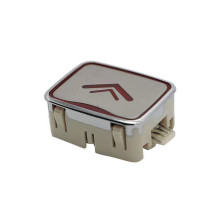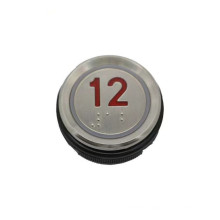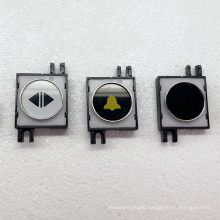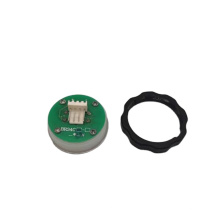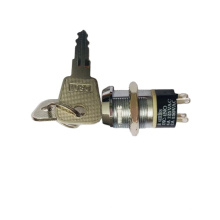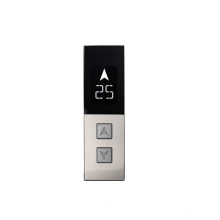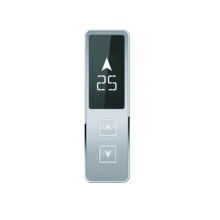Fuji GFX 50S Review (in): Full-frame battle format, the result is?
2021-04-25
[PConline Review] Last week we released an article by Fujitsu GFX 50S about the experience of Fujifilm GFX 50S for various industry art workers. "Artists in different fields are very optimistic about this camera, and they are very much convinced of its quality. They are attracted by prices that are not too high. As the lowest-priced medium-format digital camera, Fuji The biggest selling point of the GFX 50S is the quality of the picture, in addition to the price. How much better is the quality of the medium-format camera than the full-frame camera? We have found the best quality camera in the full frame camera to actually compare it.

Fuji GFX 50S Reference Price: Loading... Image Reviews Quote Parameter Overview
At the end of the first stage pressure dead people, the size of the sensor determines the quality of the performance, which is already recognized in the industry and outside the fact that, in the eyes of most people, the 135 specifications of the full-scale sensor is already the largest size of the sensor, so full-frame The imaging performance of the camera is the highest quality performance of digital cameras in many people's eyes. However, there are people outside the world who are out of the sky. Digital cameras have more cameras than full-size ones. And large-format advertising photos are often not shot with full-frame cameras. The niche medium format camera is the protagonist of this market, but these were only known to the insiders before last year, because the traditional medium format digital cameras were too expensive to stand out from the public.
$1$
Fuji GFX 50S is currently the second medium-format no-reverse camera. In the previous evaluation, we also introduced the difference between it and the first mid-sized camera-free camera, the Hasselblad X1D. The Fuji GFX 50S, which was released six months later, is more mature than the Hasselblad X1D in all respects, and the camera function is more complete. , And there are advantages of rolling over the efficiency and fluency of operations. The only advantage of the Hasselblad X1D is that Hasselblad is backed by the H-series medium-format digital SLR camera. Through the adapter ring, it can inherit the full range of lenses of the H-series SLR cameras. The system construction has inherent advantages.

Fuji GFX 50S and Hasselblad X1D appearance comparison
However, the positioning of Fuji GFX 50S and Hasselblad X1D is obviously somewhat different, which is also reflected in the price. Fuji GFX50S's stand-alone price is less than 50,000 yuan, while Hasselblad X1D is more than 60,000 yuan, plus the cost of the lens used later, Fuji GFX 50S more people-friendly and grounding gas, and Hasselblad X1D is more like the original The SLR photographer's preparation machine is still far away from the general public.

The Fuji GFX 50S also follows the traditional detachable modular design of medium-format cameras
At present, the price of the Fuji GFX 50S three-mirror camera does not exceed 100,000 yuan. It is full of attractiveness for many start-up advertising companies and high-end photo enthusiasts. After all, a flagship full-frame camera, the stand-alone price is close to 40,000 yuan, the cost of the entire system and Fuji GFX 50S is not much difference. The difference between the flagship full-frame camera and the entry-level medium format camera is whether you are looking for capture or quality. The unprecedented quality of the medium-format camera will surely attract some full-frame camera users to take advantage of it. Before we compare the picture quality of medium-format and full-frame cameras, we will first introduce the Fuji GFX 50S camera.
First, the characteristics of Fuji GFX 50S

Fuji GFX 50S uses a 43.8x32.9mm sensor, which is the biggest selling point of this camera. The sensor of this specification is equivalent to the medium format APS-C standard, which is the medium format standard sizing, lens conversion. The equivalent 35mm magnification is 0.78 times. The output of 51.4 million pixels is not in the medium format camera field, but compared with most full-frame cameras, the pixel advantage is quite obvious. In addition, Fuji also announced that the GFX series is developing more than 80 million pixels products, GFX 50S Use the new G bayonet with a diameter of 65mm, a flange distance of 26.7mm and a minimum back focus of 16.7mm. Therefore, GFX's potential for future upgrades is still very large. It is doubtful that Fujifilm will insert full-size medium format cameras in the future.
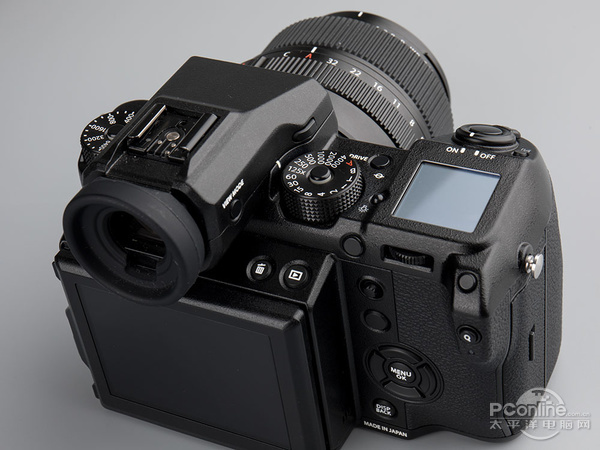
The Fuji GFX 50S is a medium format camera with no anti-structure. Therefore, it is different from the traditional 135 non-reverse camera in terms of body design, and it is also different from the medium format SLR camera. It is much smaller than the conventional medium-format SLR camera, but it is much larger than the 135-frame non-reverse camera. It is at least a lap larger than Fuji's own XT series of non-reverse cameras. However, in the design of the fuselage, we have seen more shadows of the X-T2. It can be said that the Fuji GFX 50S is a medium-format version of the X-T2. It is not only similar in design, but also similar in operation. A lot of physical dials are used for quick operation.
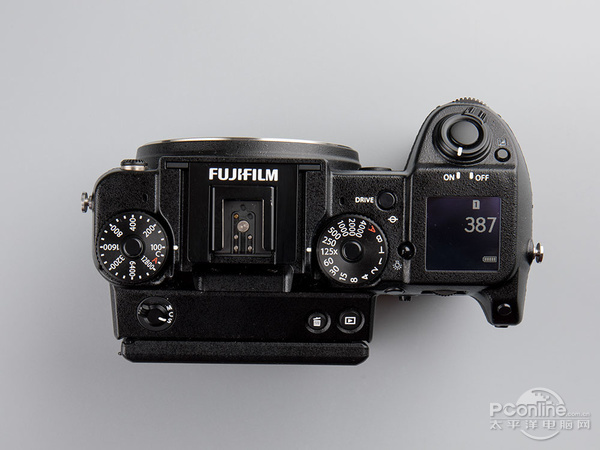

Fuji GFX 50S and traditional medium format digital SLR Pentax 645D volume comparison

Fuji GFX 50S and full-frame SLR Canon 5D4 volume comparison
The size of the Fuji GFX 50S will feel very big at first glance, mainly due to the thickness of the fuselage. Compared to the X-T2 series, the back of the aircraft's LCD screen part has raised a very high one. The bold increase of the handle position, in fact, GFX 50S body size and the size of the mid-range full-lens SLR camera, and not because of the use of larger sensors and significantly increase the size. The handle has a special shape design, especially the support position of the back of the aircraft, so that the grip feels more comfortable than ordinary 135 SLR cameras.


The protruding part of the rear sensor position of the Fuji GFX 50S is more abrupt, which will make you think that the medium-sized sensor will move the sensor to ensure the corresponding flange distance. Actually not, the flange distance of 26.7mm, the distance between the plane of the sensor and the plane of the bayonet is very close, and the part behind the sensor is mainly occupied by the space of the battery, so that the thickness of the plane has to be increased. After removing the battery, you can see that the thickness from the bayonet to the battery compartment is actually less than the width of two fingers. Fuji GFX 50S weight loss potential is still very large, the reason why the battery is not designed as usual in the handle position, it is likely because the new battery's volume becomes larger, the placement of the handle position will affect the grip feel, it was only moved to the back of the sensor . With this style now.
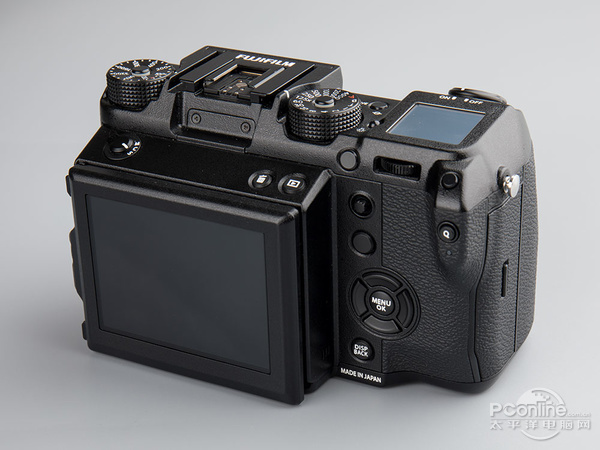
Fuselage material, the Fuji GFX 50S uses magnesium alloy materials, and 58 hermetically sealed, durable, with dust and drip-proof effect. At the same time, we noticed that the three G-mount lenses already on the market and the newly released two G-mount lenses are all WR-protected lenses, so even with interchangeable lenses, the GFX 50S can still be used outdoors in harsh environments. More reliable use in the area.

Fuji GFX 50S top electronic viewfinder using a detachable design, standard 3.69 million pixels EVF, coverage rate of 100%, viewfinder magnification of 0.85. In addition, the EVF-TL1 viewfinder is also available. It is designed to be foldable, allowing vertical tilt (0°-90°/5 steps) and horizontal rotation (±45°). Therefore, after using this viewfinder, you can not only experience the classic waist-level view of medium-format cameras, but also can be achieved in horizontal or vertical shooting, the limitations are much smaller than the conventional medium format camera.
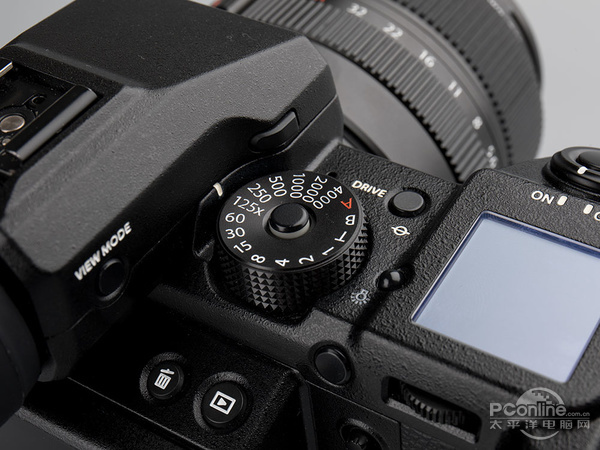
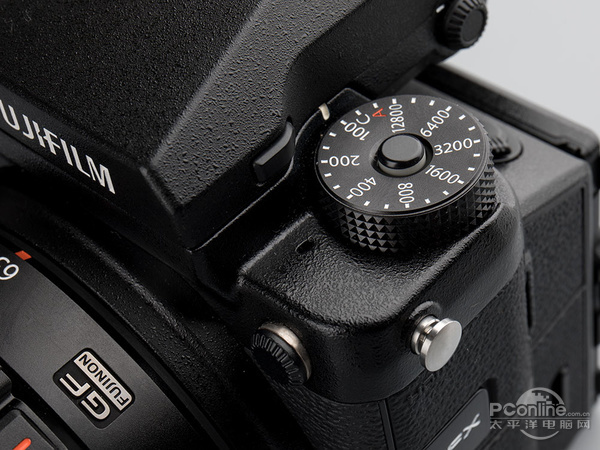
The Fuji GFX 50S uses the same physical dial design as the X-T2. The shutter and ISO are adjusted by the physical dial, and the aperture is adjusted by the aperture ring on the lens. There is no difference in the use experience from Fujifilm's past anti-camera cameras. Of course, the GFX 50S can also set the mode dial to C, which can be adjusted by the front and rear dials on the body. There is no difference between the operation and common SLR cameras. And the GFX 50S is a camera with an organic top LCD screen, so whether it's a playful turn, manual setting or quick manipulation is possible. This is very different from common medium format cameras. The medium-format SLR camera has no playability at all, and it is exactly a camera device. The Fuji GFX 50S is also fun to use.
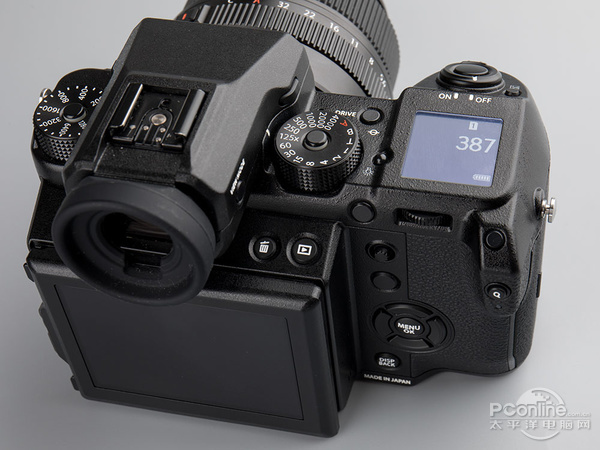
This part of the Fuji GFX 50S back highlighting, in addition to causing the appearance of strange, but also makes the delete key and playback key position is relatively slim, it is not easy to use, you need to adjust the holding gesture in order to smoothly press. But fortunately Fuji GFX 50S more custom buttons, these two function keys can be transferred to other locations. I believe this is what most people will do after using this camera.

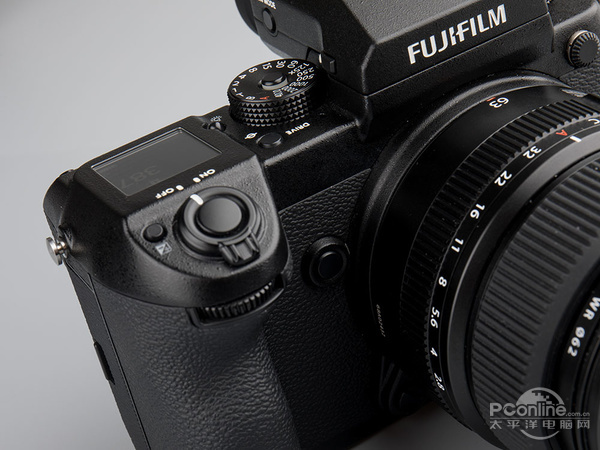
Fuji GFX 50S has a total of 10 custom buttons, the body does not indicate the function of the keys can be customized settings, so you can change some of the commonly used features set in a convenient position, you can not use the physical dial, no special function keys , All the operating settings are in accordance with their own thoughts, this is not a problem.
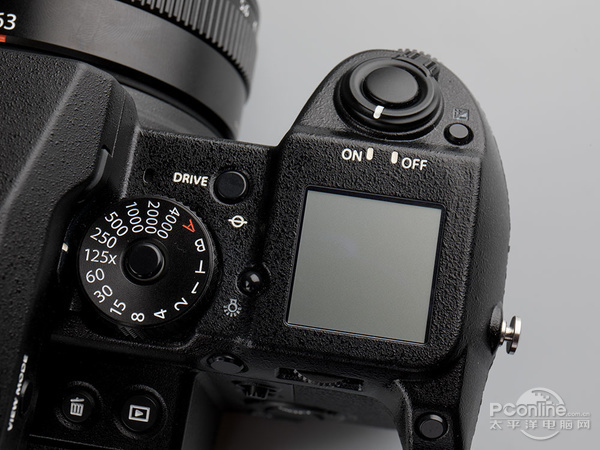
After removing the battery, the LCD screen is not displayed

Turn off the power after installing the battery
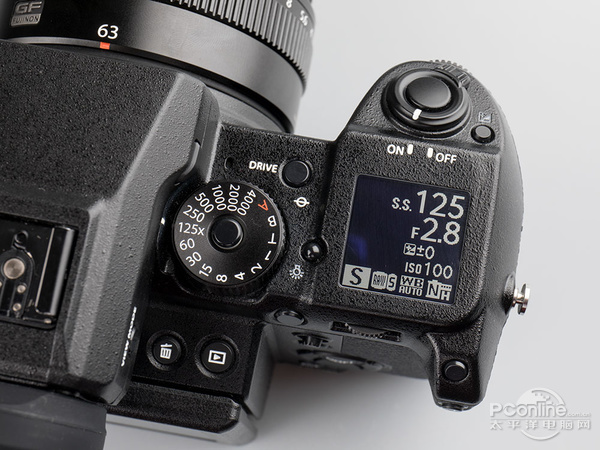
Normal display of content status after power on
The top LCD panel, Fuji GFX 50S is different from the common SLR camera, using a dot-matrix LCD screen, so the LCD screen display more refined, but also can customize the display content, size and way. This is the first time that Fujitsu has joined the LCD screen without a reverse camera. The specifications are also quite luxurious. The LCD screen is square. After the battery is removed, there is no content display. After the battery is installed, the remaining battery capacity and the number of remaining shots are displayed when the battery is not turned on. The display mode is also different from the usual anti-color display, and the white characters on the black background are easier to see under sunlight. When the backlight is turned on, black characters are displayed on the white background. This design highlights the humanization of Fuji and will not be unclear when used.



The Fuji GFX 50S adopts the same bi-directional folding LCD screen as the X-T2 and supports touch screen operation. Therefore, regardless of whether it is horizontal or vertical shooting, high or low position shooting, the Fuji GFX 50S can achieve single-handed composition. Touch screen + touch operation, which may be a fresh attempt that many medium format camera users have never experienced before. Of course, this design for the masses of users is naturally a person-oriented design.
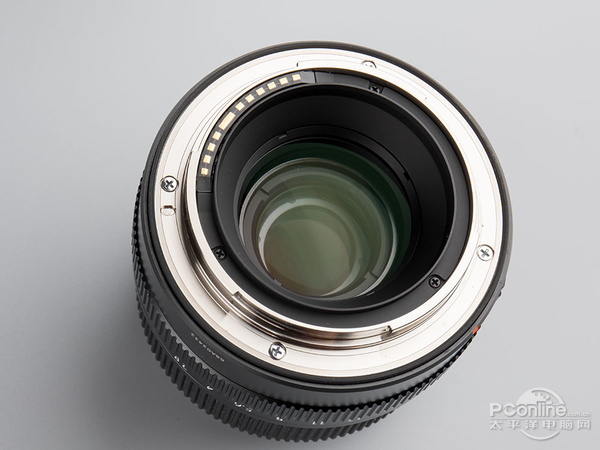

The Fuji G bayonet diameter is 65mm. We have looked at the rear group of the two lenses. The rear group has significantly larger apertures than the full-frame camera. However, the overall diameter of the lens is controlled close to the 135 format medium-sized lens. The diameter of the lens in the rear group is not too large, and there is still more room for expansion in the future. Do you know if Fujitsu intends to use a larger sensor on the G bayonet?
Second, Fuji GFX 50S different sensitivity of the quality of performance

Fuji GFX 50S Studio Shoot
Sensitivity comparison link we still in the light controllable studio shooting environment, the light source is the soft light box of the incandescent light source, in the beginning we used the manual white balance to calibrate the white balance. The original white balance contrasting part we intend to say later, but because the result of this manual white balance calibration is quite different from the previous evaluation 135 format cameras including full-frame cameras, we also mention it before the comparison. Balanced things. The color temperature after calibration of Fuji GFX 50S is very accurate. This is also the biggest feeling after using GFX 50S for a period of time. It is the precise expression of color, which is almost the same as watching with the naked eye. Other used full-frame cameras have different degrees of color cast, but the color temperature of Fuji GFX 50S is very accurate, which is very much liked.
Full-frame micro-single contrast Fuji GFX 50S different ISO quality test (screenshot in model eyes) ISO full-frame micro-single Fuji GFX 50S 50 - 100
- 100 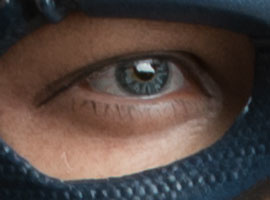
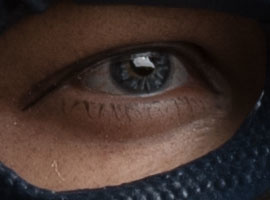 200
200 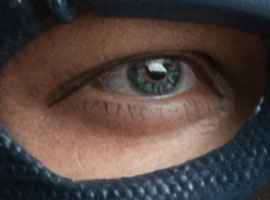
 400
400 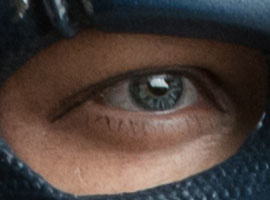
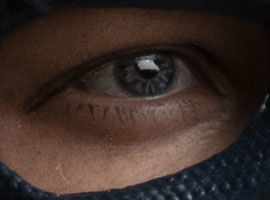 800
800 
 1600
1600 
 3200
3200 
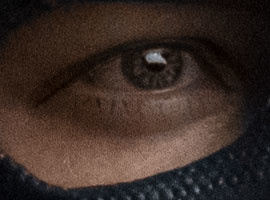 6400
6400 
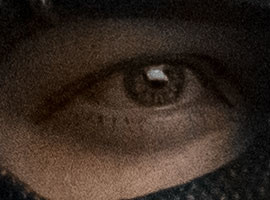 12800
12800 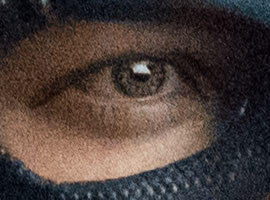
 25600
25600 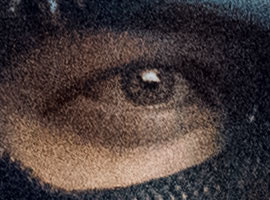 - 51200
- 51200 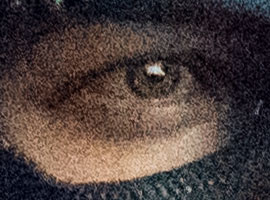 - 102400
- 102400 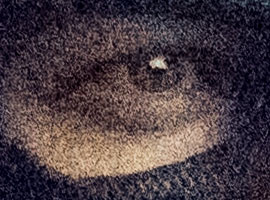 -
- All photos are recorded in RAW format and saved in JPG using Photoshop Camera RAW software. The Fuji GFX 50S has a sensitivity range of ISO 100-12800. Medium-format sensors generally have poor sensitization, especially in the CCD era. Nowadays, mid-range size sensors also use CMOS components, which have shown significant improvements in speed and high sensitivity. However, the Fuji GFX 50S still conservatively sets the highest ISO at 12,800. From the actual performance point of view, this maximum sensitivity setting is also reasonable. The Fuji GFX 50S had problems with screen color cast, contrast reduction, etc. at ISO12800. The practical sensitivity range is up to ISO 3200. This available sensitivity is very good for medium-format cameras. Of course, friends who are accustomed to full-frame cameras will feel disdain.
Judging from the details of the performance, the sharpness of medium-format cameras does not differ greatly from that of full-format cameras. However, if you look closely, you will find that the details of the Fuji GFX 50S are more abundant and the transition is more comfortable. Picture noise control, ISO 6400 following Fuji GFX 50S are better, the noise is fine white noise, color noise is less, so the overall look seems pretty good, in fact, after the sensitivity exceeds ISO1600, the noise of the picture began to increase, but the particles are not full The frame camera is so large that it is not easy to notice.
All along, medium-sized photographers are jealous of using high-sensitivity to take photos, because in the past when the medium format digital camera ISO exceeded 400, there would be significant noise. The CMOS technology update has allowed the Fujifilm GFX 50S to sublimate its high-sensitivity picture quality, allowing it to be evenly matched with full-frame cameras and even slightly less noise in the sensitivity range. This is a gratifying event for medium format users. After all, it could not be done in the past, and the Fujifilm GFX 50S is just a positioning entry product. In the future, more and more high-end medium format cameras can do better on this point.
Third, Fuji GFX 50S white balance and color contrast
White Balance Comparison We put two sets of contrast pictures, one is an indoor studio shoot and the other is a night view shooting. The light source of the shed is controllable, and the nighttime color temperature is more complicated and difficult to control. The standard color mode is turned on for the body settings, and the auto white balance is set to Fuji Auto's dynamic range setting. Use uncompressed RAW+JPG for shooting. Look at the color temperature of the actual shooting to determine what kind of bias.
1, studio portrait

Fuji GFX 50S shoots JPG straight out photos
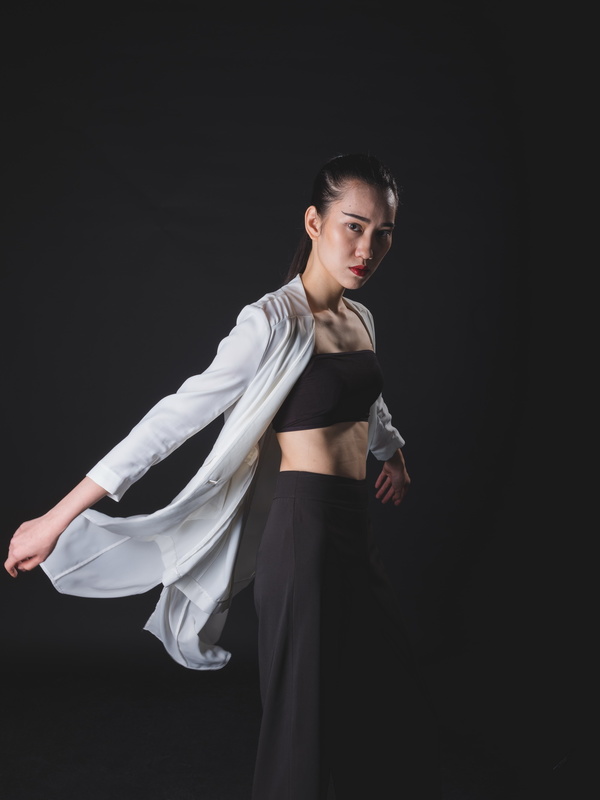
Fuji GFX 50S shoots JPG straight out photos

Fuji GFX 50S shoots JPG straight out photos
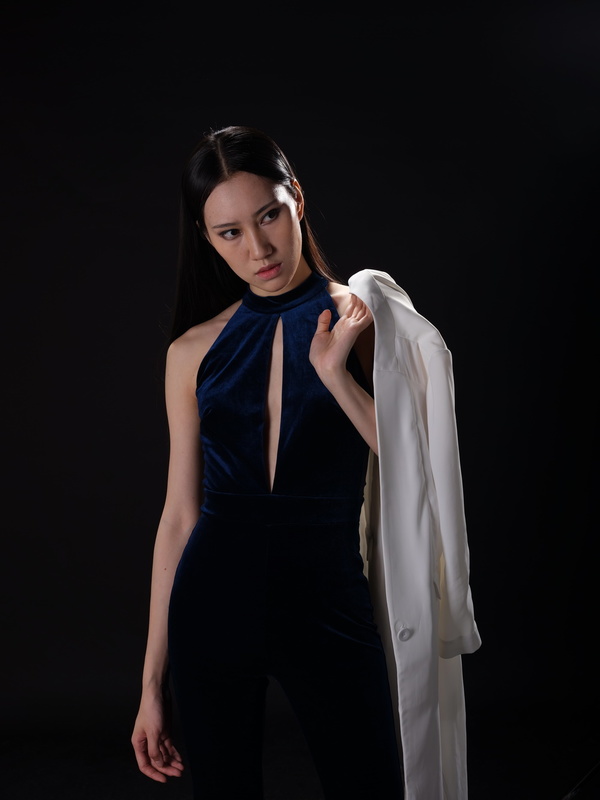
Fuji GFX 50S shoots JPG straight out photos
Shooting flash portraits, the color temperature, the use of automatic white balance in the flash environment, the performance of the Fuji GFX 50S and the quality of the comparison section gives the same conclusion. The colors of characters and costumes basically restore the color of the object itself, which is not very different from the naked eye. However, the contrast ratio of the JPG output is relatively high, and Fuji prefers to retain the details of the settings, so even if the DR dynamic range is set automatically, the overall picture is still partial exposure. This kind of bias is relatively more room for adjustment in the later period.

Fuji GFX 50S RAW Unprocessed Output JPG
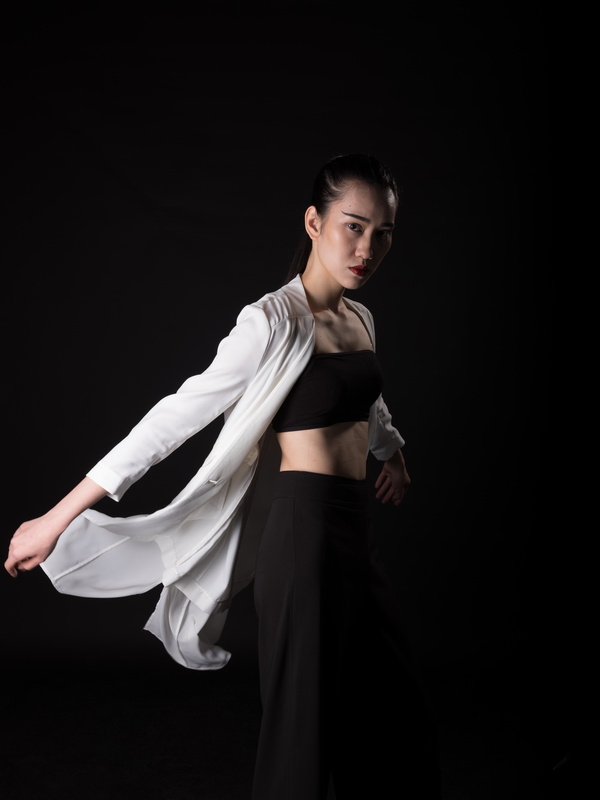
Fuji GFX 50S RAW Unprocessed Output JPG
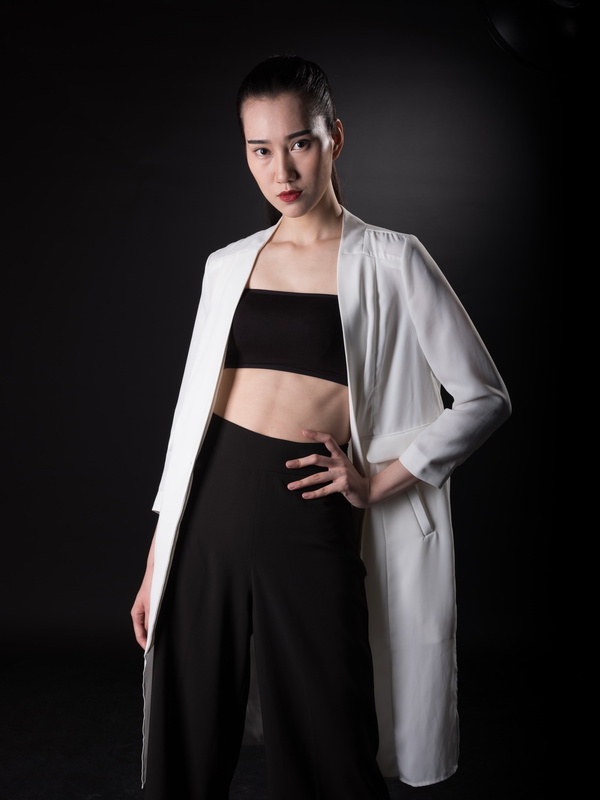
Fuji GFX 50S RAW Unprocessed Output JPG

Fuji GFX 50S RAW Unprocessed Output JPG
Using Photoshop's Camera RAW without processing to directly convert RAW to JPG, full-frame micro-single-camera color reproduction is improved, there is no difference in the picture contrast, but still to retain more dark details of the bias. The Fuji GFX 50S only has a slight decrease in saturation, and other aspects are basically the same as those of the JPG. It can be seen that the JPG of the Fuji GFX 50S is more authentically inherited from the RAW format. Compared to many full-frame cameras, the JPG format photographs are greatly rendered. The Fuji GFX 50S medium-format camera's professionalism is more like an image recording device.

Fuji GFX 50S RAW Adjusted Photos

Fuji GFX 50S RAW Adjusted Photos

Fuji GFX 50S RAW Adjusted Photos
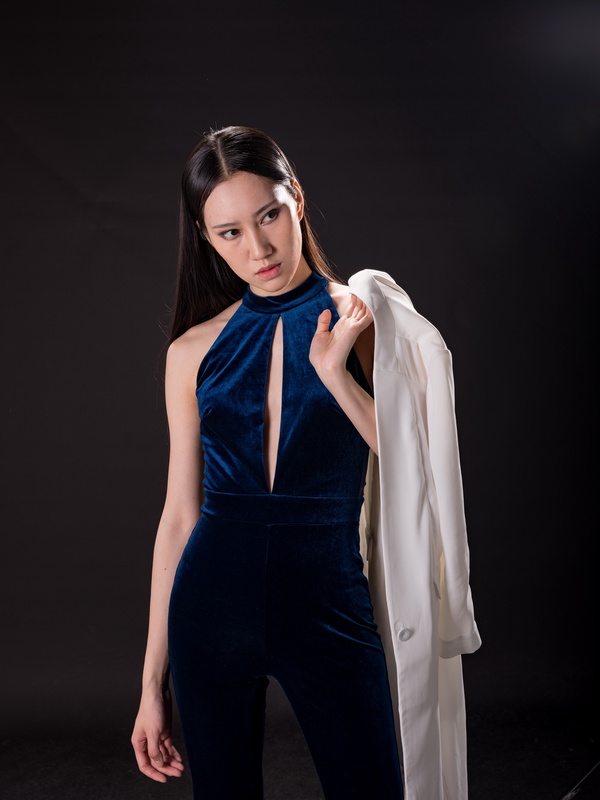
Fuji GFX 50S RAW Adjusted Photos
Through the late adjustment, the details of the Fuji GFX 50S have been better played, and the original unexplored traits can be restored through the late adjustment. Compared with full-frame cameras, the space for later adjustment is even greater, which brings about the possibility of creation and efficiency. For an advertising company, this is a matter of influencing efficiency. This is also one of the reasons why advertising companies are willing to buy medium format cameras to work in the event of a large price difference.

Full frame micro single RAW adjusted photo
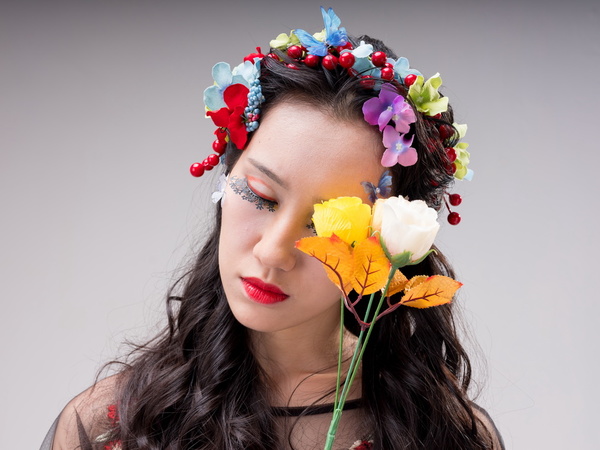
Fuji GFX 50S RAW Adjusted Photos

Full-frame micro-single 100% screen shot

Fuji GFX 50S 100% screen shots
Studio shot portraits or products are the most prominent details, and are also medium-format cameras where the strength of the camera, full-frame camera among the consumer crowd, the quality of the performance has a very good reputation, we all agree with the full-frame camera quality and Sharpness, but you may not know about medium format cameras. Compared with the entry-level medium-format cameras such as the Fuji GFX 50S, it can be found that the medium-format Fuji GFX 50S is clearly superior in details and sharpness. Of course, full-frame cameras can also achieve similar levels of sharpness by adding sharpness later, but they are still talking about the efficiency problem. In the case of a large number of post-productions, there is a corresponding increase in the cost of subsequent operations. For photographers, simplifying the workflow is also a key issue.
2. Night scene

Fuji GFX 50S shoots JPG straight out photos
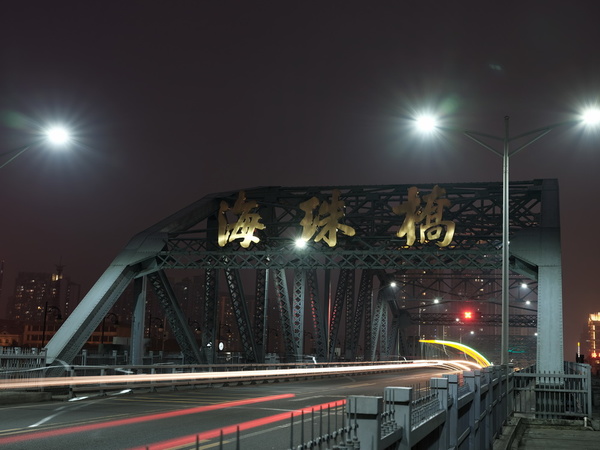
Fuji GFX 50S shoots JPG straight out photos
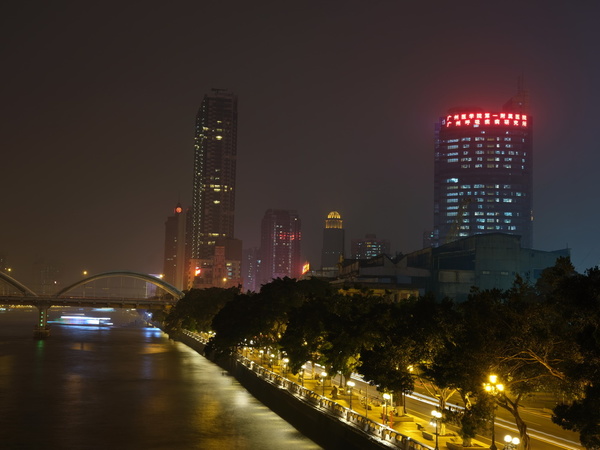
Fuji GFX 50S shoots JPG straight out photos
Night shooting, the various light color temperature varies, resulting in the final tone based on the camera's algorithm, but also the camera's automatic white balance the biggest test. From the real shot comparison point of view, Fuji GFX 50S's color reproduction capability is still awkward, full-frame camera shooting in such scenes tend to show a yellowish hue. However, when the night scene is yellow, the visual effect is better. At this time, the white balance is less accurate than the visual one. In addition, the Fuji GFX 50S's exposure is biased, which makes the ratio of darkness in the darkness of the night shooting dominate.
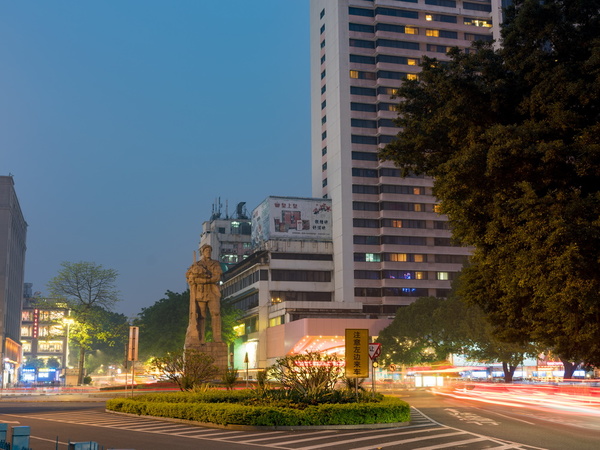
Fuji GFX 50S RAW Adjusted Photos
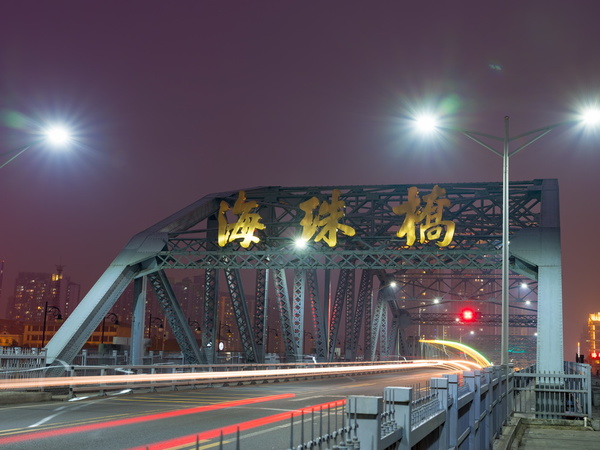
Fuji GFX 50S RAW Adjusted Photos

Fuji GFX 50S RAW Adjusted Photos
Even though the lighting is complicated and the color temperature is not good at night, it is possible to balance the tones with post-processing. Through the post-processing, the color appearance and shadow details of the Fuji GFX 50S have been rejuvenated, and the high latitude of the medium-format camera has brought an extraordinary experience for later adjustments. From the full-frame camera to the medium-format camera, the need to change in addition to the operation, but also need to change the mentality, the medium-format camera's late adjustable space, so that early shooting becomes more handy.
Fourth, Fuji GFX 50S RAW file adjustable range test
In this session, we mainly tested the adjustable space of the RAW late tolerance of Fuji GFX 50S and full-frame camera. We use real shots for comparison. The shooting inside the church was chosen here. By photographing the interior of the church, photographs are taken of dark interiors with bright contrasts and highlights. Through both the overall underexposure and overexposure methods, two scenes, namely retaining the detail of the bright part and retaining the details of the dark part, are respectively obtained. Finally, the differences in late latitude of RAW were compared by post-processing.
1, keep the dark details to save light spill
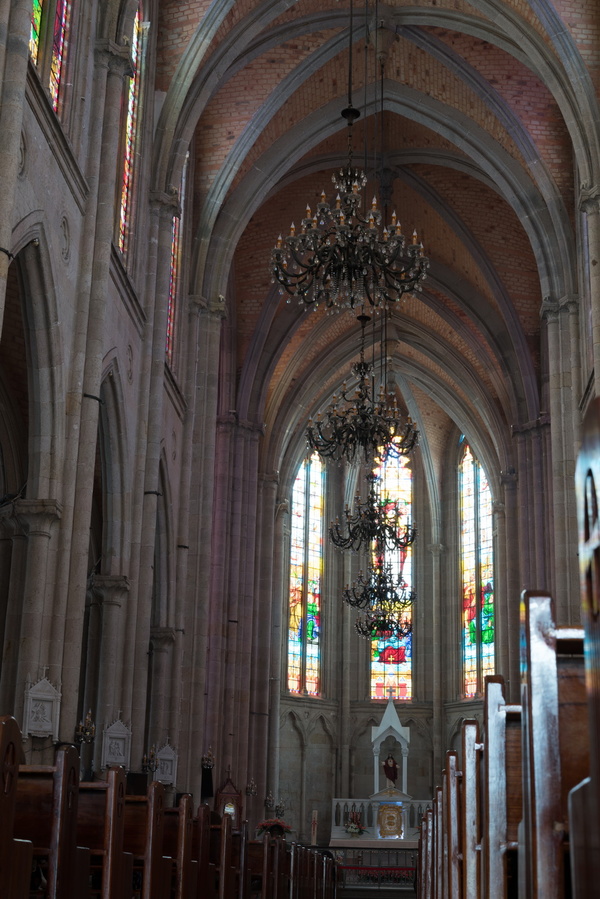
Full-frame micro single RAW unprocessed output JPG

Fuji GFX 50S RAW Unprocessed Output JPG
The church took pictures of RAW without processing output JPG, you can see the interior of the church is exposed correctly, all kinds of details are clear and arguable, and the highlights on the grilles are in an overexposed state, and the details are basically lost. This group of photos was shot with low sensitivity. It can be seen that the sharpness and noise control of the Fuji GFX 50S have great advantages. The overall imaging effect of the full-frame camera is good, but the details of the expression and transition are not as good as the Fuji GFX 50S. After that, we carried out the rough adjustment of the details of the highlights.
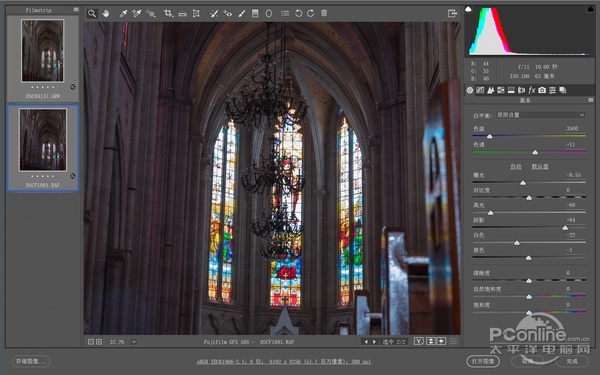
Adjustment project display in ACR

Full frame micro-adjusted screen effect
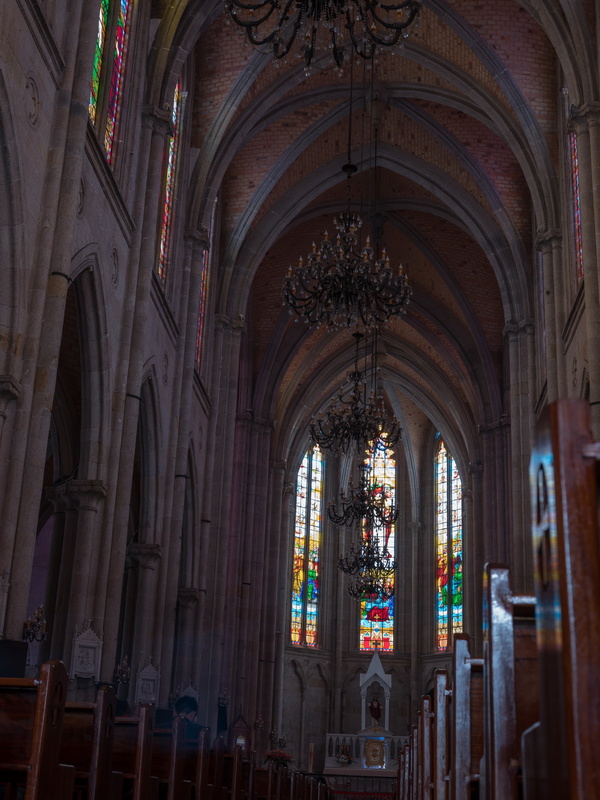
Fuji GFX 50S adjusted screen effect
In Photoshop's ACR software, we made initial adjustments to the two photos. The main purpose was to salvage details at the highlights of the highlights and to perform appropriate de-exposure processing. The magnitude of the adjustment still does not increase the details of the grille even though the exposure is reduced. Adjust the parameters to keep the same. You can see the adjusted photos, both of which can achieve a state in which the highlight details and the shadow details coexist, but the reduction effects of the highlight details are different. The following screenshots are analyzed.

Full-frame micro-RAW single processing without a direct screenshot
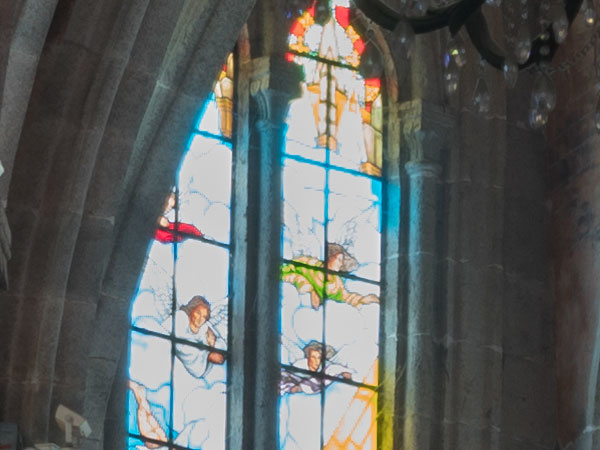
Full-frame micro single RAW adjusted screenshots
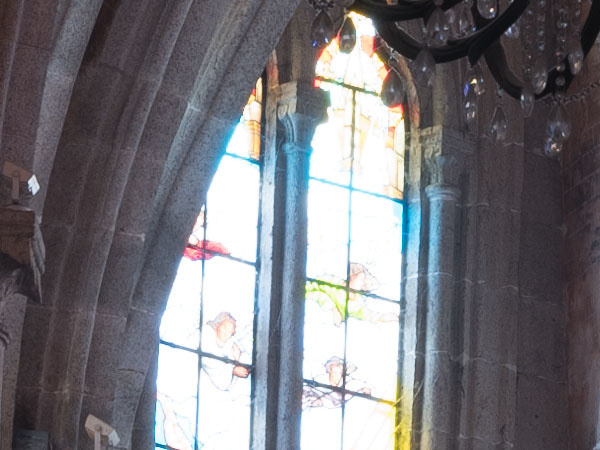
Fuji GFX 50S RAW without processing straight out screenshot
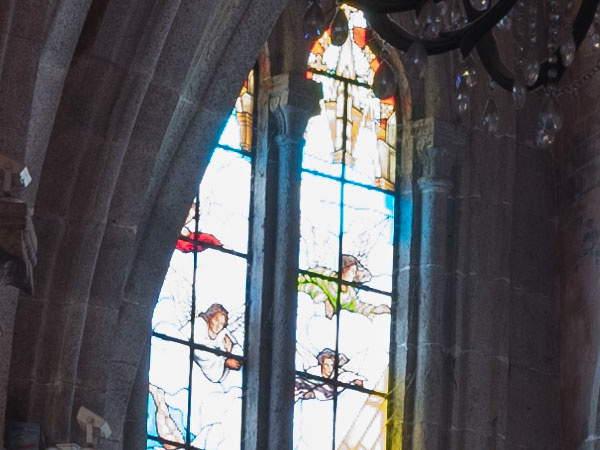
Fuji GFX 50S RAW adjusted screen shots
It can be seen from the screenshot of the bright area that the original images taken by the two cameras have been overexposed. In fact, the white part of the window grilles should be blue, both of which have been exposed to white, and the areas outside the windows are also affected by high light. Grayed out. In terms of details, the Fuji GFX 50S is much better. By adjusting the exposure, the exposure of the bright part was reduced, and part of the window detail was saved, both of which failed to restore the highest light parts. The blue area of the full-frame part of the window grille is slightly larger, but the overall details are blurred, which is the result of over-exposure. The details of Fuji GFX 50S are relatively abundant, but the restoration of the blue area of the grille is not too much. Outside of the window, Fuji GFX 50S basically restores its original colors. Full-frame micro-single area is still gray.
2, keep the details of bright parts to save the dark part of the exposure
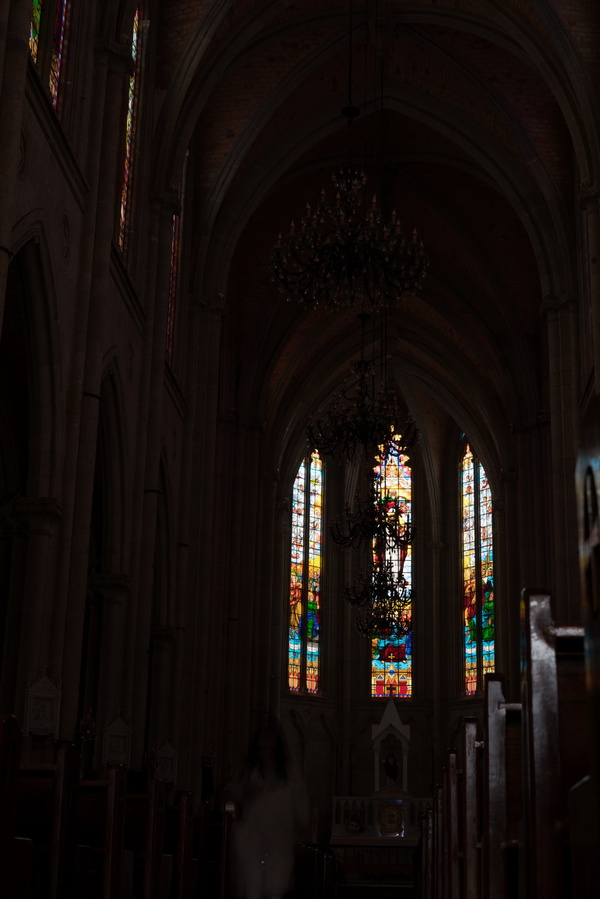
Full-frame micro single RAW unprocessed output JPG
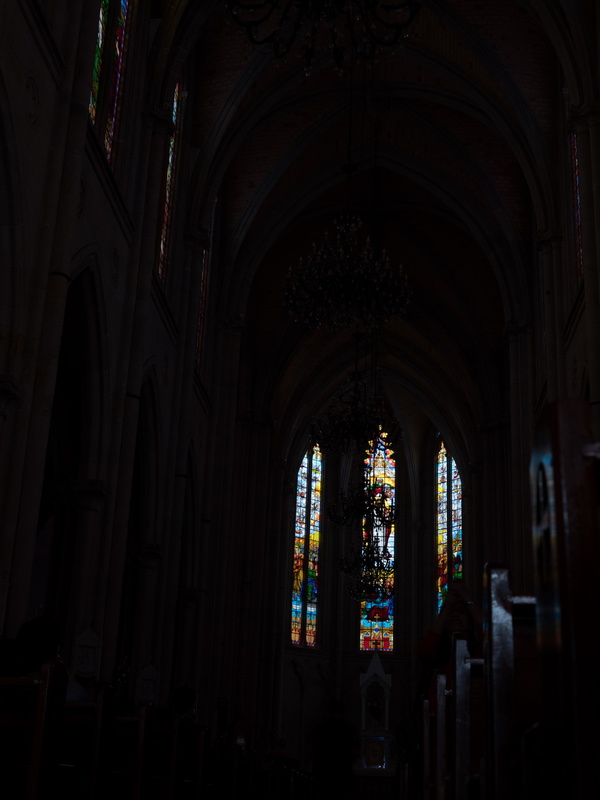
Fuji GFX 50SRAW Unprocessed Output JPG
Underexposure of the church window grille can be used to restore the beautiful pattern of the church window grille. At this time, the indoor environment is basically in the black state. With little detail, we need to restore the details of the indoor environment through late adjustments.

Adjustment project display in ACR

Full frame micro single RAW processed photo
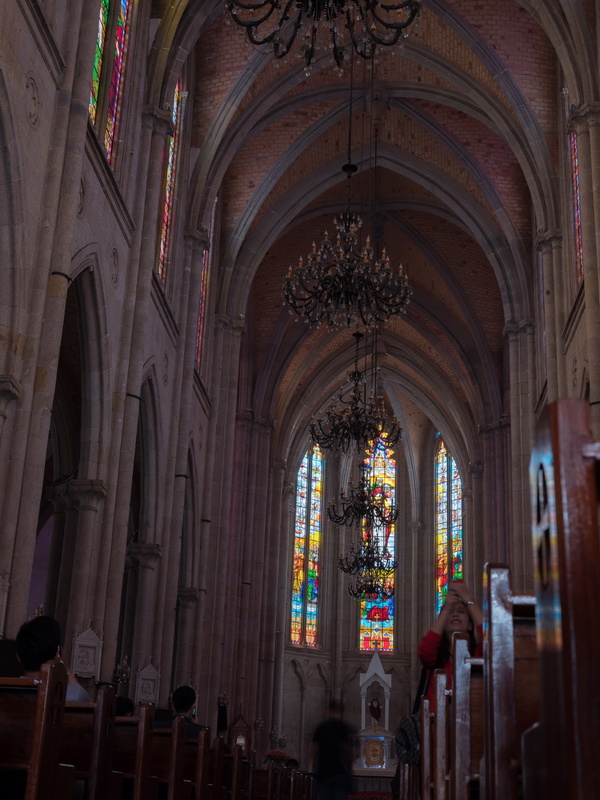
Fuji GFX 50SRAW processed photos
In Photoshop's ACR software, we made initial adjustments to the two photos. Through the brightening process, we retrieved details of the shadows and adjusted the parameters in two figures. The underexposed photographs of the two cameras can restore the interior of the church and preserve the beautiful patterns of the window grille. The dark part of the full-frame camera on the color temperature is more yellowish. After the Fuji GFX 50S post-processing can still ensure the color accuracy of the picture. This is very important for later operations.
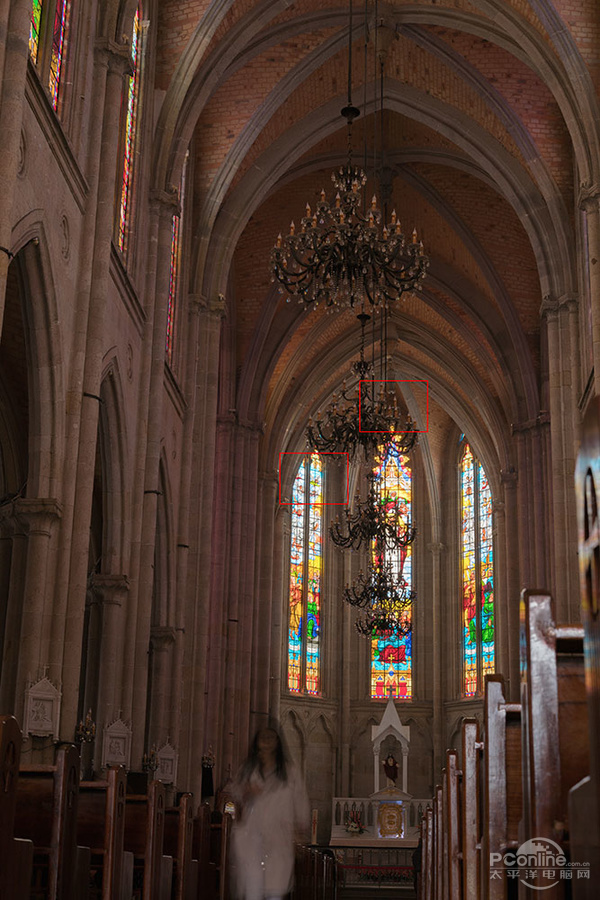
The following screenshot shows the red box as shown above

Full Frame Micro Single RAW No Process Straight Out JPG Screenshot

Full-frame micro-single RAW processing highlight screen shots

Fuji GFX 50S RAW No Processing Straight Out JPG Screenshots
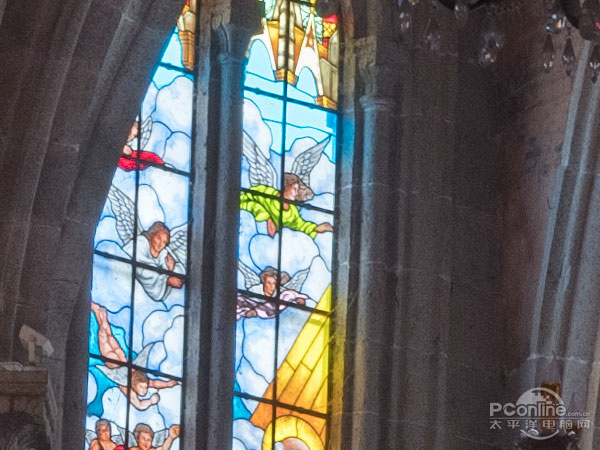
After the Fuji GFX 50S processing highlights screen shots
The details of the highlights of the underexposure shots are well-documented. If you look closely, you will find that the GFX 50S has more detail in the shaded parts of the window shades, and the full-frame micro-single has a harder transition. The adjusted situation is relatively close to that before the adjustment. The main adjusting parts of the operation of the underexposure brightening are the dark parts, and the bright parts are left with details. Therefore, there is little change compared with the original drawing. However, the details of the full-frame micro-adjustment are slightly smeared.
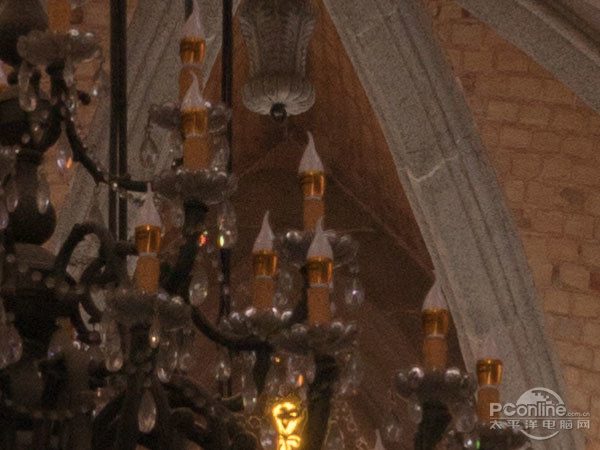
Full-frame micro-single processing room interior shadow environment screenshot

Fuji GFX 50S processed darkroom indoor environment screenshot
Photographed in ISO100, the interior of the room was restored by darkening the dark areas at the end of the day. However, the quality of the room was clearly reduced. Both the full-frame micro-format and the medium-format Fuji GFX 50S have a visible grainy appearance. The difference is that the full-frame micro-single color and the white graininess are noticeable, and the picture has a smearing effect and the details have a feeling of being erased. Fuji GFX 50S is mainly white noise, noise is more detailed, the details are better, because there is almost no color noise, so the picture does not have color cast phenomenon.
Six, more Fuji GFX 50S proofs

(click to see the work)
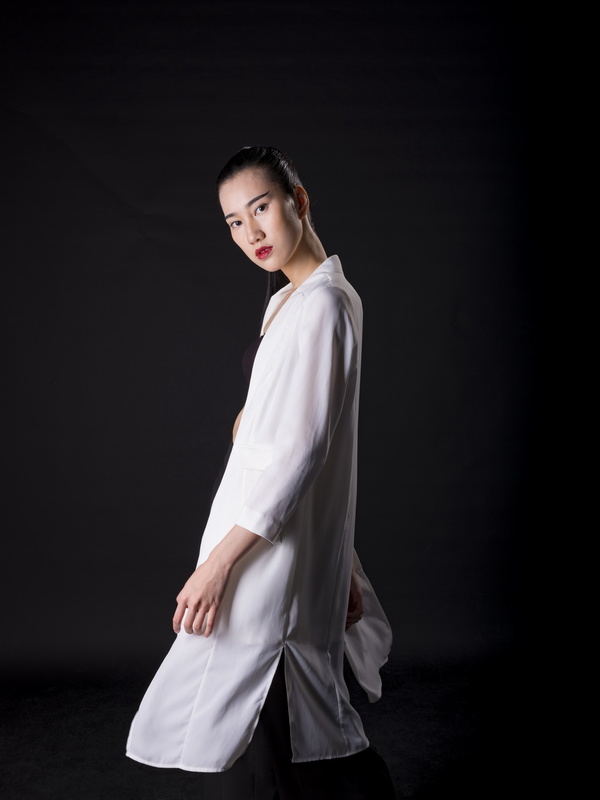
(click to see the work)

(click to see the work)

(click to see the work)
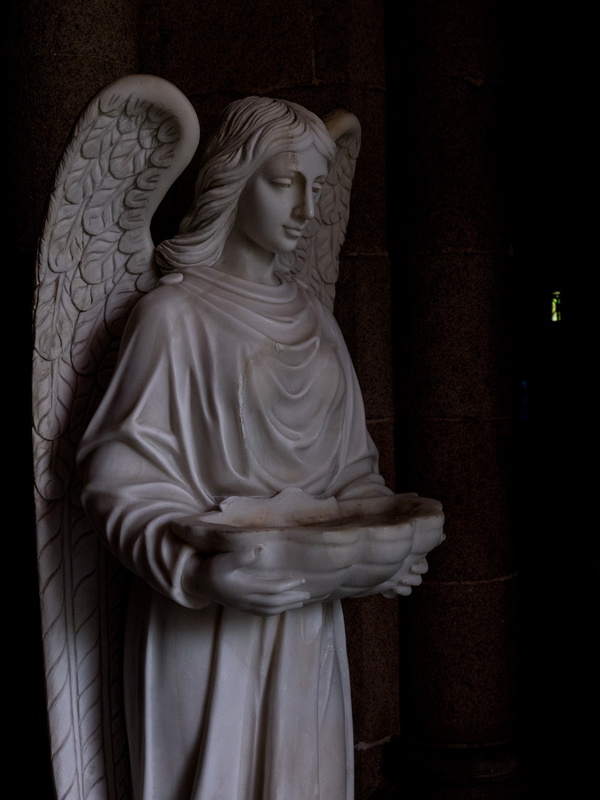
Aperture: F11 shutter: 1/32 sec ISO: 3200 (click to view original image)
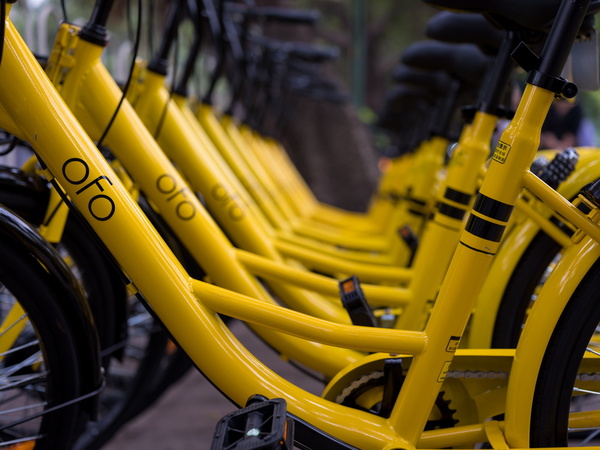
Aperture: F4 Shutter: 1/2 sec ISO: 100 (Click to view original image)

(click to see the work)

(click to see the work)
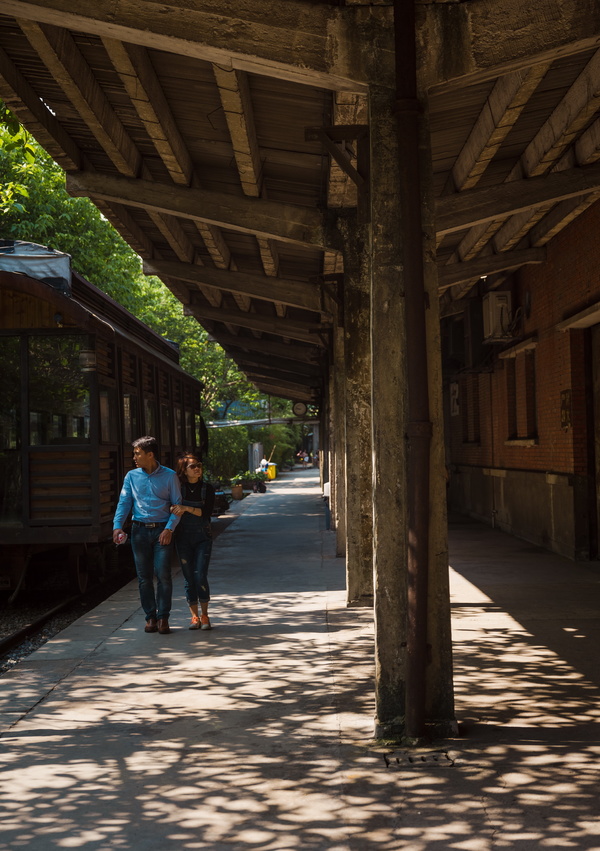
(click to see the work)

(click to see the work)

(click to see the work)

(click to see the work)

(click to see the work)
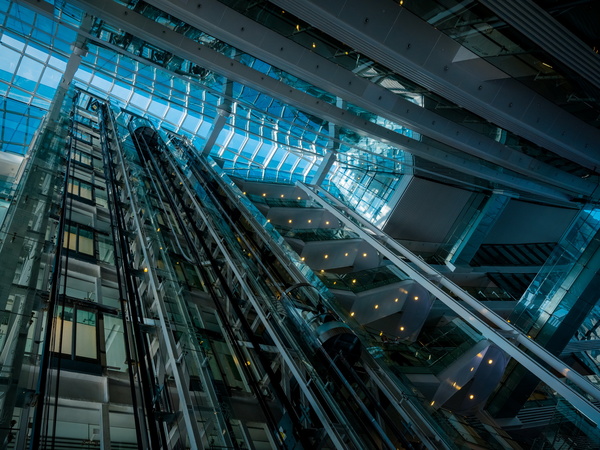
(click to see the work)

(click to see the work)
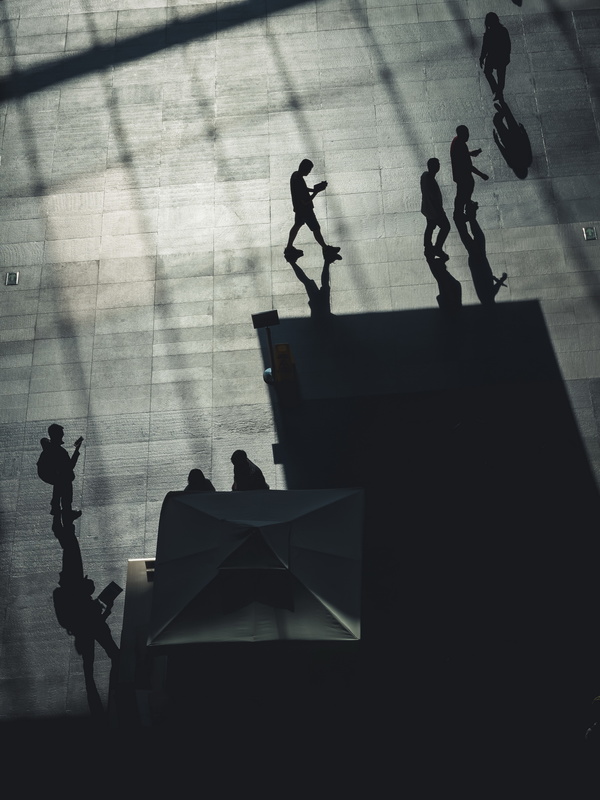
(click to see the work)
Seven, PConline evaluation room summary
Because of the difference in positioning and use between medium-format cameras and full-frame cameras, it is a common phenomenon for mass consumers that the medium-sized frame is not well-understood, especially for the legitimate medium-format SLR cameras that started with more than 100,000 yuan. With the entry-level products like the Fuji GFX 50S, I believe that more people will focus on medium format cameras in the future. Through practical use, we can see that the advantages of the medium format camera compared to the full frame camera are reflected.
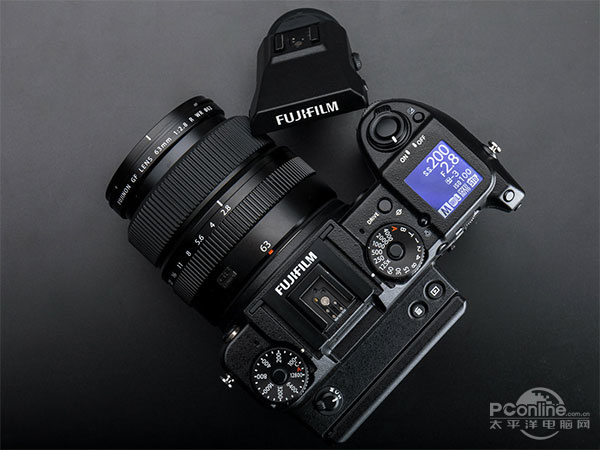
In terms of white balance control, color performance, detail description and post adjustment, the Fujifilm GFX 50S has absolute advantages. In terms of airframe performance, the Fuji GFX 50S, which is a mid-range model, has a similar performance in terms of focusing speed and continuous shooting. Larger sensors and larger lenses drive higher technical requirements than the 135-frame camera. This time, Fuji has made the GFX 50S a similar level of experience to the 135-frame camera, and it is already very rare in the medium-format area.
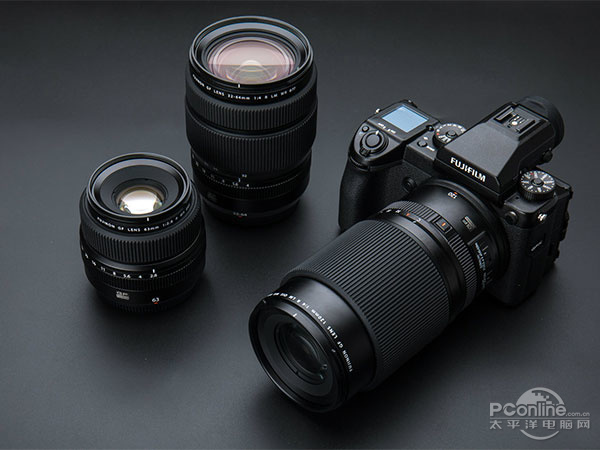
Finally, talk about the price, Fuji stand alone price of 48,000 yuan, and the gap between the full-frame camera from the original hundreds of thousands to 1-2 million now, which is bound to make a lot of full-frame camera users to play in my heart Abacus. Fuji GFX 50S launched the market this time, is a test of medium-format camera, the main target is the professional advertising photographer, and taking into account some of the photographers. For Fuji, it is not intended to compete directly for the full-frame camera market of 10,000 yuan. Instead of those users who have higher business requirements for the final output, these users in addition to the requirements for imaging output, also strive to streamline the workflow as much as possible. The Fuji GFX 50S's precise color and high tolerance can save a lot of adjustment procedures and time in the later period, attracting some start-up advertising companies with the lowest price among medium-format cameras. Build a good user base for yourself.

Fuji is optimistic about medium-format cameras and has experience in many aspects, including the rapid expansion of the G-mount lens group and the development plans for future medium-format cameras. As a starter, Fuji is trying to quickly expand in this area and stand firm. The successful launch of the Fuji GFX 50S also gave Fujitsu a more positive attitude to deal with changes in the market. The GFX 50S reservation is full of good news. In this issue of the evaluation, we described the picture quality comparison between Fuji GFX 50S and full-frame cameras. Next week, we will introduce the Fuji GFX 50S post-processing test and release more of its real-life proofs. Please stay tuned.
Full frame micro-single contrast Fuji GFX 50S different ISO quality test (screenshot in model eyes) ISO full-frame micro single Fuji GFX 50S50 -100
-100 
 200
200 
 400
400 
 800
800 
 1600
1600 
 3200
3200 
 6400
6400 
 12800
12800 
 25600
25600  -51200
-51200  -102400
-102400  -
- FUJI cylinder is in stock, all the products will be original and new, will be checked before delivery.
We have FUJI CP6 CP7 CP243 XP243 CP642 CP643 XP242 CP732E CP742E CP65
etc machines spare parts(original new,original used and copy new)Feeder,
Nozzle. Filter, Valve,Pcb board,Motor,Sensor,Camera,Belt,etc
If you need more parts information, pls contact me
S2125T-U CYLINDER,Q2D25-35DCM
S2125Z-U CYLINDER
S2126L-U CYLINDER,CXSL10-R0467-35
S2126N-U CYLINDER,CXSM10-40
S2202T-U CYLINDER,CDA16x3-469W
Cylinder Square
Square Cylinder
Fuji Original Cylinder
Fuji Cylinder
Fuji Sensor
Original Cylinder
SMT Cylinder
Air Cylinder
Square Cylinder, Fuji Cylinder, Fuji Sensor, Fuji Original Cylinder
Sunny Elevator Co., Ltd. http://www.sr-smts.com

